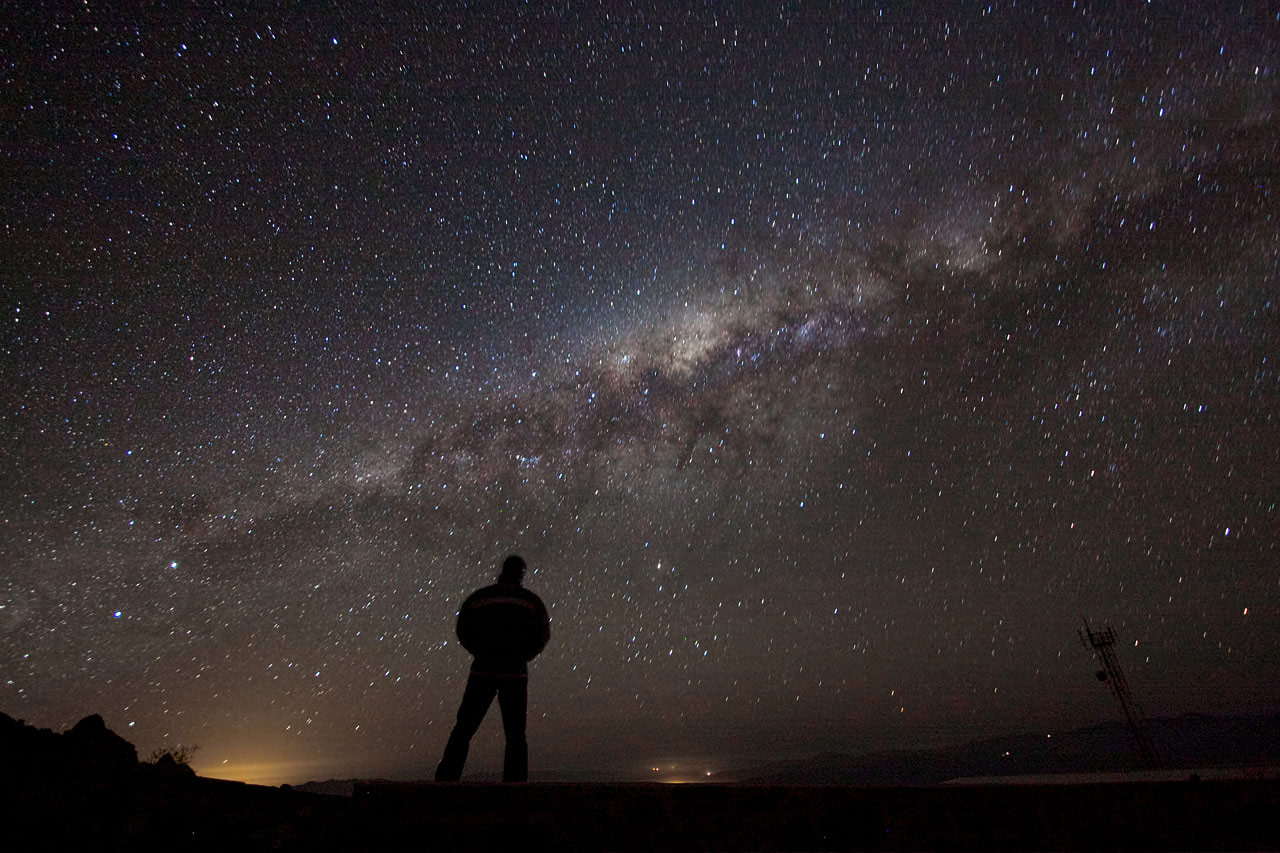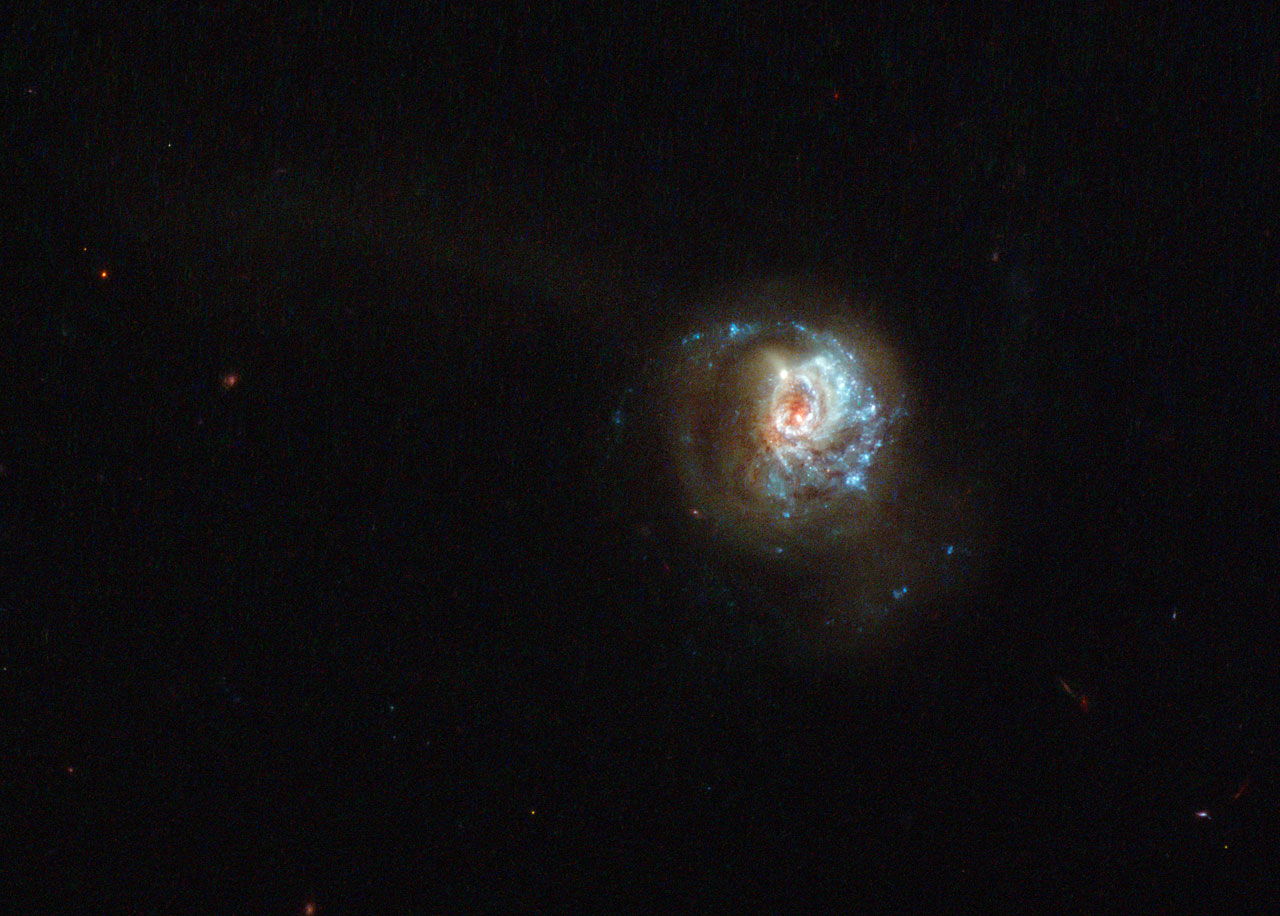Image of the Day: May 2013
Goodnight, Moon
Wednesday, May 15, 2013: Canadian Space Agency astronaut Chris Hadfield tweeted this image of clouds over Earth and the moon on May 11, 2013. He wrote: "Tonight's Finale: The Moon rising over a bed of cloud. A constant reminder to us all of what can be achieved. pic.twitter.com/ayFrFoPkXK"
— Tom Chao
Selfie
Thursday, May 16, 2013: On May 11, 2013, Expedition 35 Flight Engineer Chris Cassidy took a self portrait as he and astronaut Tom Marshburn (partially visible in Cassidy's helmet visor) conducted a spacewalk outside the International Space Station to inspect and replace a pump controller box on the far port truss that was leaking ammonia coolant.
— Tom Chao
Pale Moon
Friday, May 17, 2013: Astrophotographer Peter Öberg sent in a photo of the moon over Timrå on the central eastern coast of Sweden, taken on the morning of April 30, 2013.
— Tom Chao
It's Automatic
Monday, May 20, 2013: Auroramax automated camera photographed this auroral display in Canada's Northwest Territories on April 26, 2013.
— Tom Chao
Open Your Eyes; Look Up to the Skies
Tuesday, May 21, 2013: Astronomer Alan Fitzsimmons took a shot of himself with the galactic center in the background at the European Southern Observatory's La Silla facility in the Atacama Desert of Chile. The center of the Milky Way, our home galaxy, glows majestically overhead in the photo. Image released May 20, 2013. [See our gallery of skywatching photos.]
— Tom Chao
Let Your Colors Burst
Wednesday, May 22, 2013: Starburst galaxy J125013.50+073441.5 shines here. Starburst galaxies show unusually high rates of star formation. Bright blue regions along the galactic arms indicate the regions where new stars are being born. Image released May 20, 2013.
— Tom Chao
Four X-Flares in Two Days
Thursday, May 23, 2013: A very energetic active region on the sun produced four X-flares (largest class) in just two days (May 13 & 15, 2013). Each also was associated with a fast coronal mass ejection (CME), seen in views from SOHO's LASCO C3 coronagraph. This active region possessed a very tangled magnetic field structure. The sun (represented by the central, white circle) does not appear, blocked out by an occulting disk, to make visible fainter structures beyond the sun's corona. The extended white line just to the sun’s left represents Mercury, whose brightness causes artifacts of the technology.
— Tom Chao
Breaking space news, the latest updates on rocket launches, skywatching events and more!
I'm Crazy 'Bout a Mercury
Friday, May 24, 2013: Messenger spacecraft obtained this image of Mercury on Feb. 12, 2013. This close-up of Praxiteles crater shows several potential volcanic vents. One possible vent, in the bottom left of this image, holds particular interest because it also hosts many hollows. A crater chain on the bottom right of the image altered by the formation of hollows. Researchers need further data to fully understand the relationship between hollows and the materials in which they form.
— Tom Chao
Stars & Stripes & Spaceship
Monday, May 27, 2013: At NASA’s Kennedy Space Center in Florida, Lockheed Martin crew members uncover the Orion ground test vehicle in the Launch Equipment Test Facility (LETF). After a move from the Operations and Checkout Facility to the LETF, the ground test vehicle will undergo a series of pyrotechnic bolt tests. Launching atop NASA's heavy-lift Space Launch System, also under development, the Orion Multi-Purpose Crew Vehicle MPCV will carry astronauts beyond low Earth orbit and back. It will also provide emergency abort capabilities. Image released May 13, 2013.
— Tom Chao
You're Looking at Planet Earth
Tuesday, May 28, 2013: The new Proba-V satellite acquired its first raw image over France’s west coast on May 15, 2013. The image uses the three VNIR bands, blue, red and near-infrared (NIR) superposed, green replaced by the NIR. Researchers have not radiometrically or geometrically corrected the image yet. Proba-V, the miniaturized ESA satellite less than a cubic meter in volume, will map land cover and vegetation growth across the entire planet every two days.
— Tom Chao











